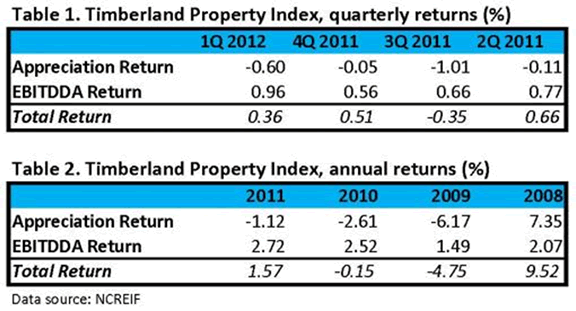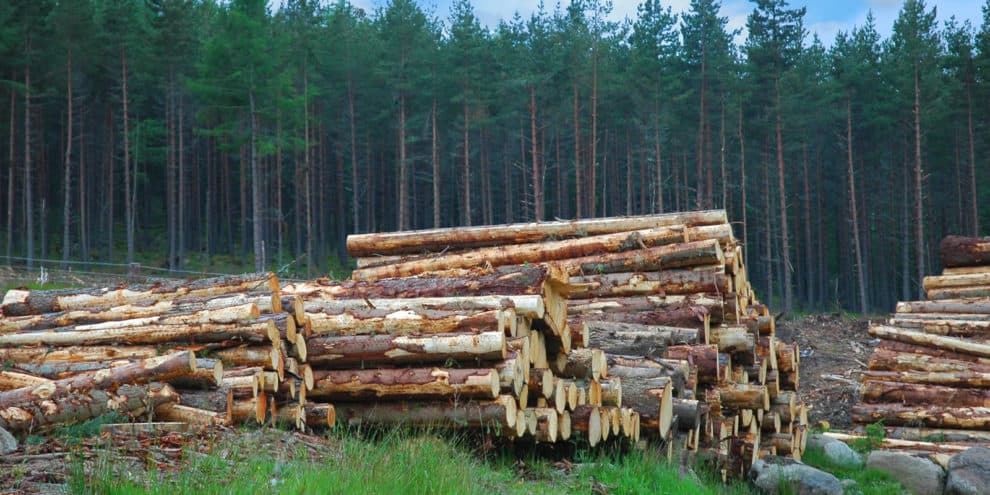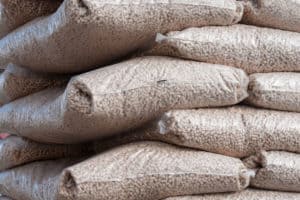While trees continue to grow, timberland values and a trickle of wood bioenergy projects continue to fall. In the market, timberland investors struggle with current valuations and wood bioenergy projects work to gain traction or have fallen to the sidelines as investors shake the sector like a sack of Scrabble tiles. As an analyst reviewing the data and observing events in the field, I hear Earl Weaver, the former Baltimore Orioles’ manager, screaming in my ear, “Everything changes everything!”
Wood Bioenergy Update
The New York Times, in citing Forisk’s wood bioenergy research (“Wood Makes Comeback as a Fuel”, May 2, 2012), emphasized the growth opportunities related to European pellet markets. In total, however, the wood-using energy sector has started highlighting winners and losers. Financing continues to prove a major hurdle for independent power producers.
While the number of projects that pass Forisk’s screening methodology fell from 297 to 295, the estimated volume of wood consumed by viable projects edged up 2.4%. As of April 29, 2012, Wood Bioenergy US reports that projected wood demand for all 452 announced projects in the U.S. totaled 123.7 million tons, while the 295 projects that passed Forisk’s screen could consume up to 72.1 million tons of wood annually by 2022.
Timberland Investment Purgatory
Recent returns from the NCREIF Timberland Index affirm that turmoil reigns in timber. For four consecutive quarters, NCREIF has reported negative appreciation returns for private US timberlands (Table 1). And for three consecutive years, NCREIF reported negative appreciation returns for private US timberlands (Table 2). Meanwhile, these timberlands continue to generate on the order of 1.5 – 2.5% annual cash returns.

Turmoil reflects uncertainty and confusion, and timberland returns, even in the face of positive signs from housing markets, incur disquiet. While cash returns improve with increased harvest volumes and stronger stumpage (timber) prices, timberland appreciation builds on prices paid – and received – by institutional investors.
The reality remains that investors choose timberlands for reasons in addition to returns. These include the diversification and capital preservation benefits of being in a hard asset, directly owned and managed.
So Where Are We?
In the US, forestry investment professionals understand the market, which remains undersupplied with timberland relative to demand from institutions and available capital. The purgatory – this (temporary) period of miserable waiting and scratching at Excel valuation models – resolves itself when the market decides whether or not timberland is a “6% business.” If investors expect or demand 6% real returns from new acquisitions, then math dictates additional depreciation in timberland values.
Ultimately, timber markets are uniquely local, and those trading in small parcels, outside of the institutional investment spotlight, retain niche and higher potential opportunities. The pressure on timberland markets and investors are forcing a return to forestry fundamentals that are today reshaping the timberland investment sector.
This content may not be used or reproduced in any manner whatsoever, in part or in whole, without written permission of LANDTHINK. Use of this content without permission is a violation of federal copyright law. The articles, posts, comments, opinions and information provided by LANDTHINK are for informational and research purposes only and DOES NOT substitute or coincide with the advice of an attorney, accountant, real estate broker or any other licensed real estate professional. LANDTHINK strongly advises visitors and readers to seek their own professional guidance and advice related to buying, investing in or selling real estate.










Add Comment